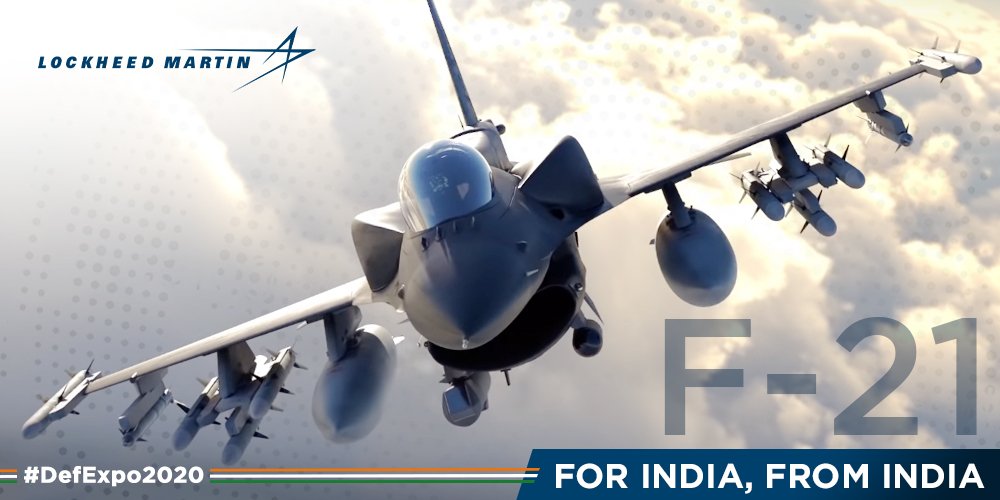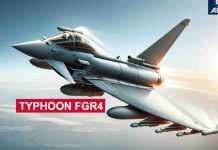Since the early 2000s, India’s national security strategy, to a great extent, has been focused on the two-front military threat from China and Pakistan. The same factor has spurred the country’s defense acquisitions in the past two decades.
The tender for 114 Multi-Role Fighter Aircraft (MRFA) is one such program New Delhi attaches utmost importance to. With eight fighter jets in the fray, the competition for this contract has already become intense. While the participating countries and aerospace companies are trying to hard-sell their products, experts are closely examining each aircraft, dissecting its strengths and weaknesses.
In order to make sense of the MRFA race and the potential winner, The EurAsian Times collates the viewpoints of some of the finest defense analysts and military veterans. An Indian-Canadian venture, The EurAsian Times is a global, virtual and apolitical digital publication sharply focused on defense, geopolitics, and international affairs.
EurAsian Times also publishes interviews, personal narratives and expert reviews. A team of highly trained journalists, activists, defense experts, freelancers and think tank professionals contribute to the news site apart from the coverage by its staff writers and International News Agencies.
The Genesis of MRFA
The IAF first floated the Medium Multi-Role Combat Aircraft (MMRCA) tender to procure 126 new warplanes from foreign vendors in 2007. The move came after the Light Combat Aircraft (LCA) Tejas, a planned indigenous replacement for the IAF’s aging fleet of Soviet-era MiG 21s and MiG 27s, faced delays in development. In 2012, the Eurofighter Typhoon and Dassault Rafale emerged as final contenders with Rafale winning the competition for the contract.
Air Marshal Pranab Kumar Barbora (Retd), who was serving as the Vice Chief of Air Staff during the time of evaluation of the fighter jets for the MMRCA tender, offers some insight into the testing process.
“The IAF had done extensive testing — testing of the highest caliber — because we had to evaluate six fighters. We were quite rigorous in this assessment. Since we came to the conclusion that the Eurofighter and the Rafale cleared the minimum requirements, we put up the case to the government, stating that these are the two aircraft that will be suitable.

Thereafter, it became a financial bid. What the contractors looked like, how much they would cost us, etc. was evaluated by the government. And that was the time when Rafale was chosen for the 126 aircraft,” he said.
However, the deal couldn’t take off owing to certain disagreements. In 2015, the plan to acquire 126 jets was dropped. India instead decided to acquire 36 Rafales in fly-by condition from France.
In 2018, the government issued a Request for Information (RFI) for the procurement of 114 MRFA. This tender is loosely termed as ‘MMRCA 2.0’. The new fighters are expected to replace the aging MiG-21s, Mirage 2000s, and the Jaguars. In April 2019, it was announced that the estimated acquisition cost of the warplanes is $18 billion. In October last year, Chief of Air Staff (CAS), Air Chief Marshal VR Chaudhari announced that the ambitious procurement must adhere to the ‘Make in India’ initiative.
The contenders for the MMRCA 2.0 contract are: Lockheed Martin’s F-21, Boeing’s Super Hornet F/A-18 E/F and F-15EX, Dassault’s Rafale, Saab’s Gripen JAS-39 E/F, Russian MiG-35 and SU-35, and Eurofighter Typhoon.
The competition is tough. The price of both the Russian jets will be lower than most others. Additionally, India already has a production facility of Russian aircraft, courtesy of the state-owned Hindustan Aeronautics Limited (HAL). Boeing had also announced a partnership with HAL, along with Mahindra Defence Systems for manufacturing the Super Hornet in India.
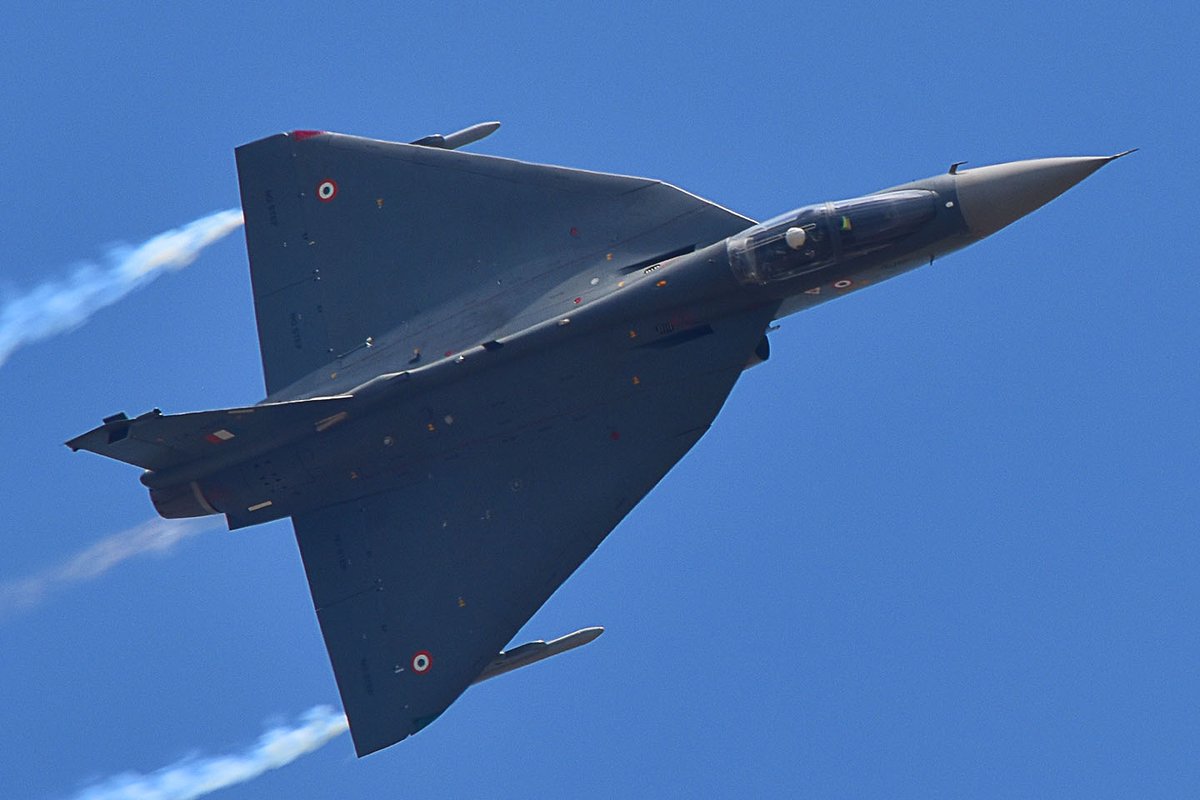
Additionally, the company collaborates with several Tata subsidiaries such as Tata Advanced Systems Limited (TASL), Tata Advanced Materials Limited (TAML), etc.
For its part, Lockheed Martin is willing to set up a maintenance, repair, and overhaul (MRO) facility in India for the proposed F-21 and has promised to move its production line to the country, if it gets the deal. The Eurofighter already has proven technical capacity from the original MMRCA. In 2013, India was offered a full-fledged manufacturing partner’s status if Eurofighter won the contract.
The Rafales, on the other hand, will cost lower now since the one-time payment for India-specific enhancements has already been made. Plus, the IAF seems keen on more of the same kind of aircraft that it now has.
Need And Criteria For MRFA
The IAF appears to be in stark need of a greater number of fighter aircraft not only to replace the older ones but also to keep pace with adversaries that are actively augmenting their air power and attack capabilities. In a press conference last year, Air Chief Marshal Chaudhari revealed that the MRFA would form six squadrons.
Speaking on this issue, Air Marshal Anil Chopra (Retd), an author and military analyst, told The EurAsian Times that “there are some people who have been questioning whether India requires so many more squadrons. The logic behind looking for more fighter aircraft is this: we have two adversaries, and we know their strengths. If we have to match them even singly, forget in a two-front war, we need to have numbers.
“We require more modern planes because the Chinese will go from MiG 19 to J-20 5th generation fighter which they will buy these jets in hundreds. Then, we also need to have numbers. We certainly need 4.5 to 5th generation planes- so MRFA is required.”
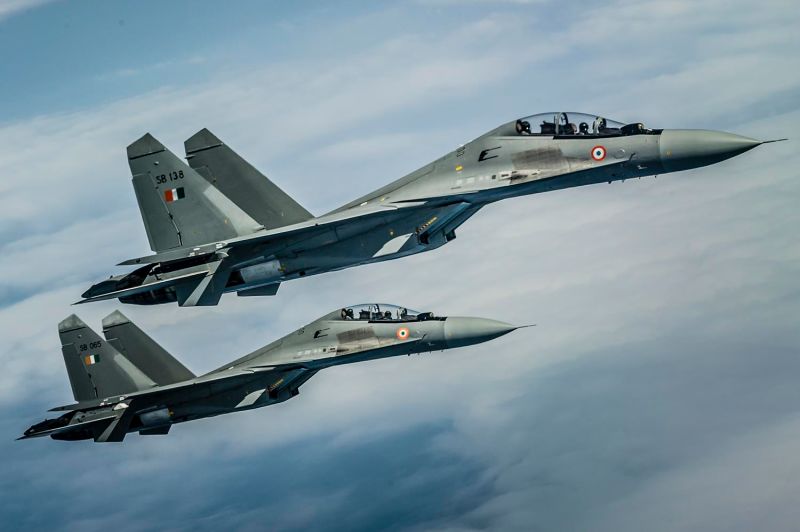
Chopra, who is currently serving as the Director-General of Centre for Air Power Studies, a New Delhi-based defense think tank, went on to elaborate on some criteria that could be important in considering the MRFA contenders.
“Whosoever we contract with should be able to get us critical technologies that will support our 5th generation aircraft- the Advanced Medium Combat Aircraft. This requirement is beyond the simple technical consideration of how good or bad the aircraft is. Since it relates to national capability building, the one we select should be willing to give us the technology to support the engine and the other aspects of the AMCA.”
It may be poignant to note that this kind of transfer of technology (ToT) through imports is one of the primary ways to acquire competitive defense technology. It usually consists of arrangements whereby foreign supplier firms provide ‘technology’ to enable the buyer to manufacture defense systems. India has been using ToT to shore up its defense production capabilities since the 1960s and 1970s. It was an important criterion in the MMRCA contract, as well.
“The second criteria is that we should try to fix some airplane or fleet which we have in large numbers. We should not be buying in small packets- that will be problematic in the long term,” Chopra noted.
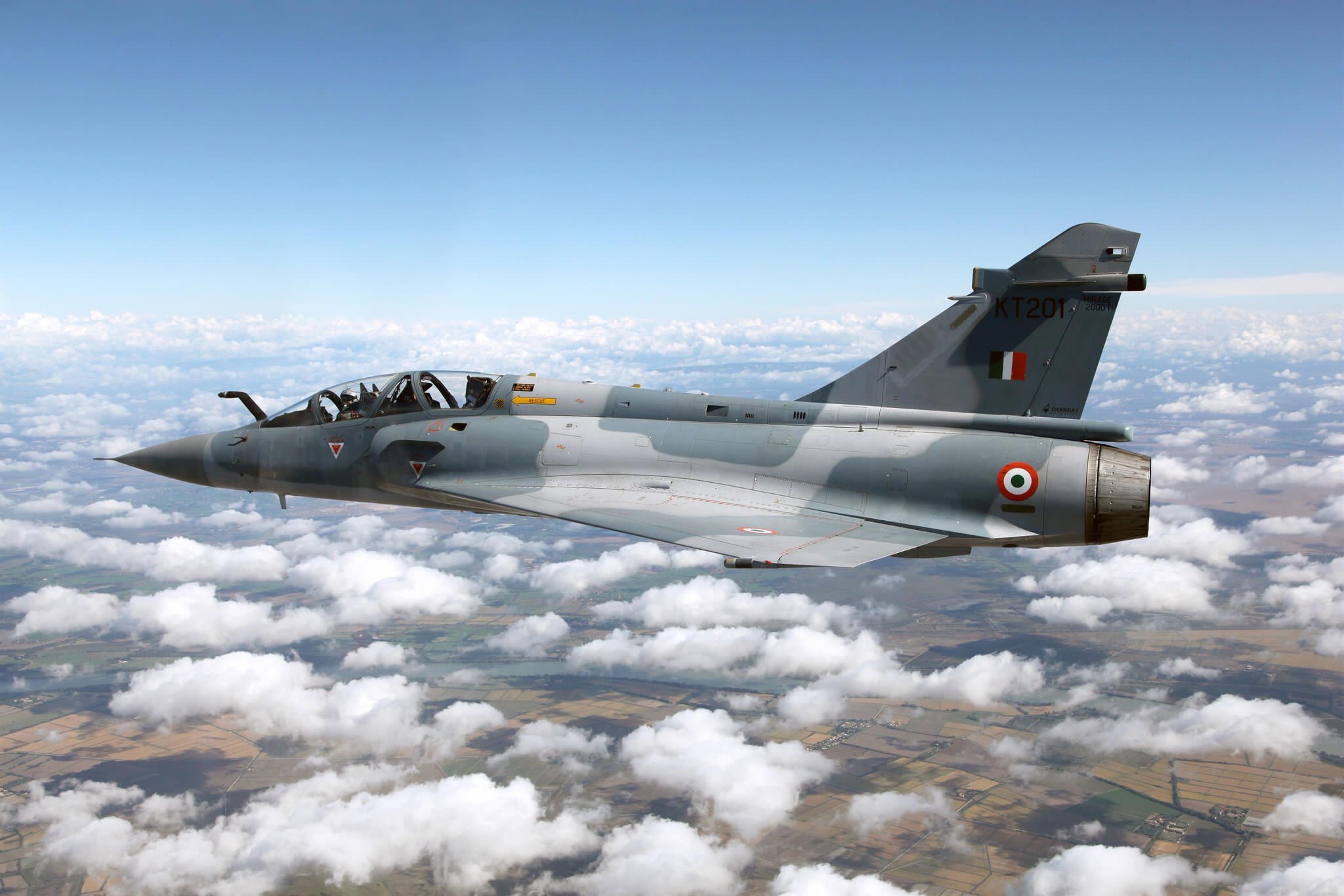
He explained this criterion by pointing out that the IAF has “too many fleets right now. We have the MiG 29s, the Su-30s, the Mirage jets extra. Moreover, the LCA [Light Combat Aircraft] and the AMCA are also upcoming. Therefore, we must make future plans in such a way that the number of airplane fleets does not just keep increasing. To that end, we must come to a long-term decision that whatever fighter we choose, should stay with us for 30 to 50 years. Additionally, we should be able to build in India in large numbers.”
Every aircraft has its own merits and demerits in the contest for the MRFA. A diverse range of opinions exists amongst the IAF veterans and analysts regarding the potential leader in this race.
Rafale In The Lead?
Colonel Ajai Shukla (Retd), a columnist, commentator, and journalist covering military technology and India’s defense economy, said that “each of the fighter aircraft has their advantages and disadvantages. However, one of the most important factors that the IAF and Navy will keep in mind is the already large number of different fighter aircraft that form a part of the Indian arsenal.”
He noted that the IAF is already operating seven different types of fighter aircraft, which leads to multiple logistical hurdles. “These challenges relate to spares management, repair and overhaul, and operational support. Given this, acquiring yet another type of fighter is to compound an already big challenge. From that perspective, choosing the Rafale, which the IAF already operates would not create additional logistical problems,” according to Shukla.
Highlighting the Navy angle, Shukla said, “Another fact that the defense ministry would consider is the simultaneous purchase by the Navy of 57 deck-borne fighters for its aircraft carriers. It would make logistical sense for the air force to choose a fighter that could also be operated off an aircraft carrier. It would also be cheaper to do that.”

He noted that the French jet again scores points here due to the Rafale Marine, which is already a part of the French Navy and operates off carrier decks. “Finally, there are always politico-economic factors at play in big arms purchases and, here again, the Rafale has well-known advantages. Thus, Rafale has three very hefty advantages,” Shukla added.
Vice Admiral Shekhar Sinha (retired), former Chief of Integrated Defence Staff & Commander-in-Chief, Western Naval Command, seems to have endorsed this view as well.
“With Rafale M shore-based demonstrations over, the Naval Air Staff should be satisfied that basic requirements of preparation are well on the way. Naval Test Pilots must be burning the midnight oil to draw graphs to explore the unexplored limits. They need to be ready for Super Hornet trials sometime in March. Not to be left far behind, Boeing may even be contemplating advancing their demonstration,” Sinha said.
“In the end, my sense is that ease of fitment in the aircraft carrier lift and economy of scale could tilt the decision. For the government, the outgo is important whereas for the manufacturer economy of scale. It will be prudent from the buyer’s point of view to choose an aircraft for IAF and IN from the same stable to keep the costs, logistics, and life cycle cost within a manageable budget. That is one in hand is better than two in the bush,” he added.
Amit Gupta, an Associate Professor at Air University, Maxwell AFB, Alabama, USA, also endorsed the French jet, saying “India should go with the Rafale. It will lead to economies of scale, make logistics and maintenance easier, and give the country more aircraft that can be used as nuclear delivery systems.”
Drawing upon the fact that most of the aircraft participating in MRFA are the same as the ones that contested in MMRCA, Gupta said, “if, for instance, there were a fresh choice, we would have had another option to look at. But in today’s scenario, following the procedure of technical evaluation and costing, if one doesn’t want to have a large number of fleets, one could just use Rafale because the IAF already has two squadrons and the infrastructure for two more squadrons. In this scenario, one would just buy the Rafales and then focus on the LCA and AMCA.”
Air Marshal Barbora also spoke about the Air Force having too many types of jets, noting that “the IAF feels that it must not have too many types of eggs in its basket. If we go for something new now, we might end up in a situation where we have various types of aircraft in our inventory. The IAF may try to convince the government to perhaps get more Rafales since we already have 36 of those. This might be an issue that might come up if we now go ahead and select whatever aircraft we want.”
He mentioned that in his opinion, the ultimate contest is again between the two aircraft that were the finalists last time — Rafale and Eurofighter — along with the Swedish Saab Gripen which may spice up the race this time around.
Prakash Nanda, veteran journalist, author, and the Chairman of the EurAsian Times’ Editorial Board, said that India would take into account, among other factors, the nuclear weapon delivery capability of the MRFA.
“In choosing the next fighter, India will take into account not only the much talked about aspects of technology transfer, prices, and performance but also the latent factor of its reliability and usefulness as a potent platform for delivering the nuclear weapons against the enemies. India’s nuclear doctrine is based on the concept of a triad – delivering weapons from the air (aircraft), ground (missiles ), and water (submarines). It is an open secret that at the moment the best delivery platforms for nuclear weapons happen to be the French Mirages, which were modified by the Dassault (which also manufactures Rafale) in the 1990s at India’s request by keeping nuclear weapons in mind.
“Other than France and Russia, no country, because of their respective domestic laws, will allow their supplied or co-produced platforms to be used by India for nuclear weapons delivery. And here, given the Mirage-experience, Rafale has an edge over even the Russian competitors like Su-35, not to speak of others.“
According to Jayanta Kalita, Editor, The EurAsian Times, while Rafale does stand a chance, geopolitical exigencies could change the game at the last minute. “I am not too sure if the political class would accept everything that the military has to say in terms of India’s requirements or suitability. Still, I believe Rafale has a 70% chance of winning this race,” Kalita said.
Miguel Miranda, an international defense analyst and founder of the Philippines-based defense industry resource, ‘The 21st Century Asian Arms Race’, said, “I can’t help but recall the long and convoluted MMRCA competition that dragged inconclusively until the Modi government went ahead and ordered French-made Rafales. In my view, the French still have an advantage in this competition because Paris has been a strategic partner of India’s military and military-industrial complex for decades. The French, more than the Americans and the British, have also assisted India’s technological advancement in many endeavors, and this will no doubt continue for decades more.”
However, Miranda is critical of one particular aspect of the MRFA competition. “We must acknowledge the elephant in the room – the Indian Air Force is looking for one model to replace four different combat aircraft. I understand the urgency of replacing the antiquated MiG-21, but I can’t grasp the rationale for a new fighter model to simultaneously cover the decommissioning of the ground attack Sepecat Jaguar and a multi-role fighter like the Mirage 2000. It is quite senseless, in my view,” he opined.
Old Partner: Russia
Miranda said, “In reality, for the sake of convenience, the IAF should just fall back on the Russians for a tandem deal involving the Su-35 multirole fighter and the Su-34 supersonic bomber. This is very reasonable since the IAF has decades of experience operating the Su-30MKI. Adopting more Sukhois is a boon for the air force and local industry and represents a huge leap for the aerospace sector.” Thus, in his opinion, while the French have the advantage, the choice should realistically be the Russians.
Squadron Leader Vijainder K Thakur (Retd), a military analyst and former IAF Jaguar pilot, also spoke of the Russian jets. “The most cost-effective choice for the IAF would be the Su-35. It features all the sensors & capability enhancements that would eventually go into the Su-30 Upgrade. Additionally, with the local manufacturers, the risk of being overly dependent on Russia would be greatly mitigated. As the largest operator of the Su-30 in the world, it is time for India to treat the aircraft as an Indian manufactured fighter.” He also said that India would not be in a position to afford the purchase of Rafale aircraft from France, especially in the numbers desired by the IAF.
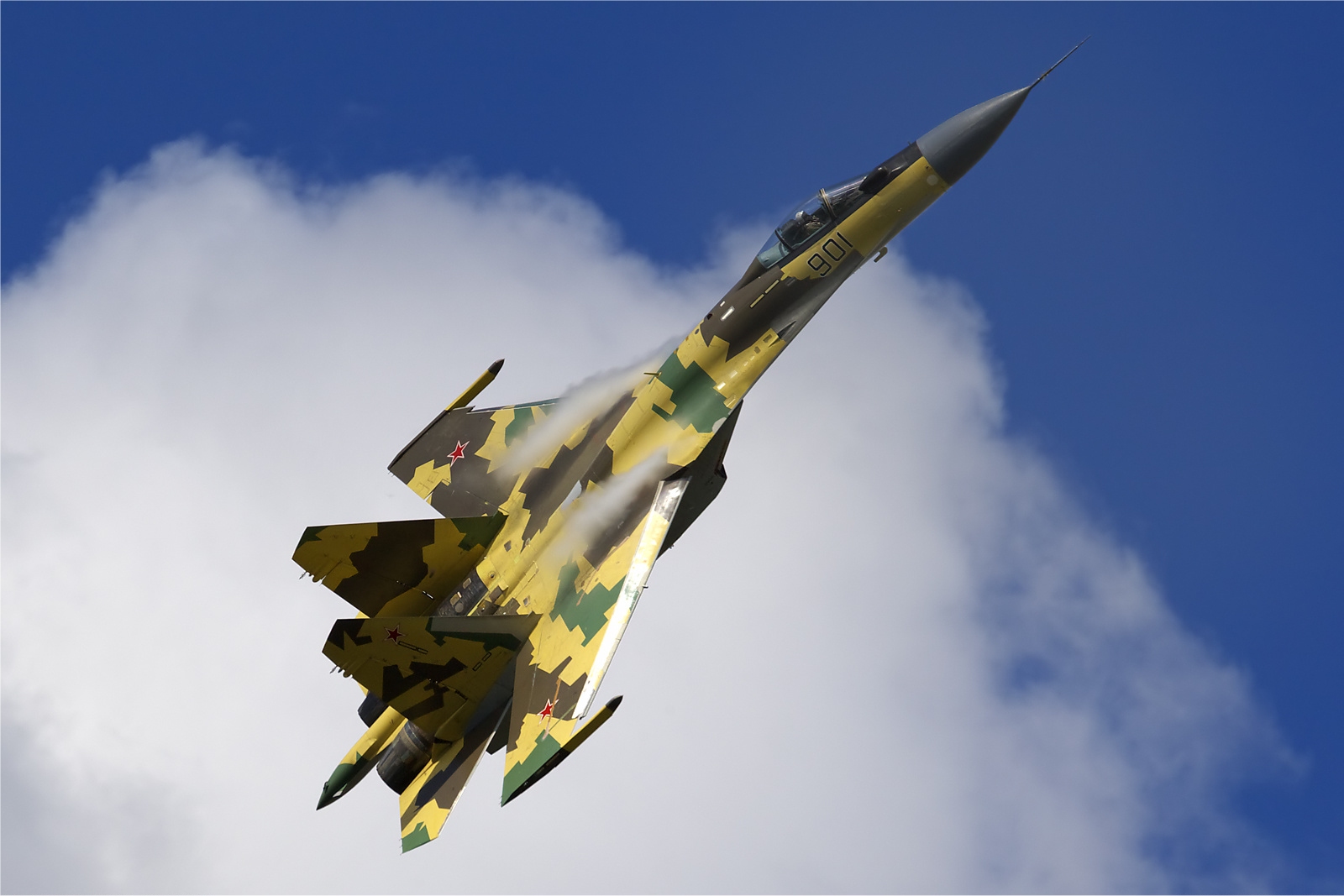
Shukla talked about some of the disadvantages of the Russian MiG-35. “It comes with several disadvantages. It is a dual-role fighter but has presented the Indian Navy with severe problems while operating this jet off an aircraft carrier – the INS Vikramaditya. It has proved to be a very unreliable fighter to operate, with all kinds of logistical problems. It has not proved rugged or robust enough to withstand the severe physical stresses of carrier-deck operations,” he said.
Nitin J Ticku, a strategic analyst and co-founder-cum-Managing Editor of EurAsian Times, believes that Rafale fighters are the favorite of the Indian Air Force. “The problem is that India cannot afford 126 Rafales. If India goes ahead with more Rafales, I think it would not be more than 36 for the Air Force and 57 for the Navy. Swedish SAAB Gripen fighters are an attractive option but Sweden lacks the political clout like France. India would be keenly evaluating the development of Russian ‘Checkmate’ which is touted as a fifth-gen aircraft and if it meets the Indian specifications, then Rafales have a strong competitor to deal with”.
While the French and Russian jets in this competition are all twin-engine fighters, the single-engine contenders provide unique advantages as well.
Single-Engine Fighters
Referring to the Gripen’s performance in MMRCA, Barbora, who has flown effectively every fighter of the IAF in a career spanning over 4 decades, said that “the Gripen was not fully developed [back then]. But their best bet was to have it sent for the trials and find out its weaknesses through that process. Hence, they got it evaluated. We carried out the trials, and the jet didn’t come to the level that we were expecting it to. Now that they have had adequate time — over 15 years — they would have definitely tightened up whatever loose ends there were, giving the Gripen a good chance in the game. Its technology is better because of the time frame when that has come into play here.”
He further opined that “the Gripen will not be at a disadvantage due to being a single-engine aircraft. This is largely because the technology has advanced to such a large extent that the reliability factor of the aircraft has improved many, many times.”
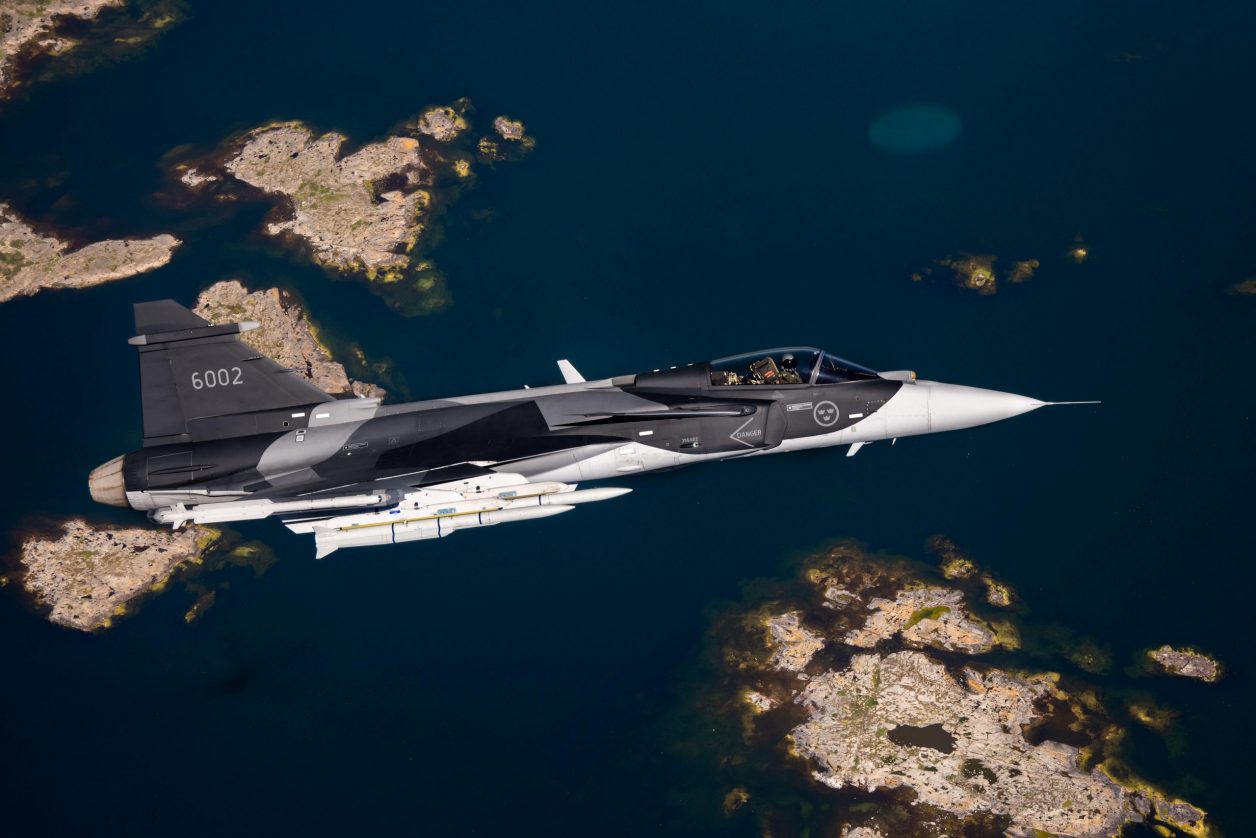
Placing his comment in the context of certain economic and technical considerations for the MRFA, Abhijit Iyer-Mitra, a Senior Fellow at the New Delhi-based Institute of Peace and Conflict Studies, said, “The best will always be the cheapest and lightest – ergo single-engine – the Gripen and F-21. This was always meant to be a light fighter replacement for the 400+ MiG 21s that we had. And we desperately need superlative single-engine fighters that can be thrown into combat in bulk.”
“The problem is mission creep that sets in with the Air Force. The initial plan was to enforce the Mirage 2000 mass production option till they realized that the Sukhoi was failing in 2006. So they hijacked a light fighter program and made it a heavy fighter replacement conveniently calling it ‘medium fighter’. This is codswallop because no modern Air Force has this Hi-Mid-Lo category — just Hi-Lo,” he further noted.
Iyer-Mitra explained further, “This again will be hijacked by vested interests – one clique that wants more Rafales and another clique that wants some other capability. One can tell it is utterly confused because the weight categories from F-15EX to Gripen are like racing an elephant and horse in the same race – different weights, different capabilities, and different functions.”

Speaking about the Gripen, Shukla pointed out that it “is built primarily to operate off ground runways. But it can also be configured to operate off aircraft carriers and so also has a dual-role capability. This is a lighter, easier aircraft to maintain – and comes with fewer hassles for maintenance crews. In that regard, it would present qualities that the Indian Navy and the Air Force would find attractive.”
He did place a caveat in this observation, though, saying, “being a lighter, single-engine fighter reduces its capabilities when compared with a twin-engine fighter.”
Mixed Reviews On US Fighters
The experts have offered mixed reviews on the US fighter jets. Thakur noted that while the F-16 and the Super Hornet F/A-18 are both good alternatives to the Sukhoi-35, they would “come with too many strings attached as well as diluted sovereign control”. He emphasized that India’s dependence on the US for critical warfighting capability would entail a loss of sovereignty.
Speaking of the Super Hornet, Shukla noted that the aircraft has the US government’s backing, which is a huge factor. “It is also the world’s premier Navy carrier deck fighter. The US Navy flies the Super Hornets off its aircraft carriers, but other air forces, such as the Royal Australian Air Force, fly the Super Hornet as a land-based fighter. As far as avionics is concerned, the Super Hornet is at the top of the pile. To that extent, this jet will be able to fulfill the naval role as well as the air force role just like the Rafale Marine,” he explained.
On the other hand, he stated that the Lockheed Martin F-21, which is essentially an upgraded F-16 Block 70 fighter, is similar to the Gripen in the sense that it is a single-engine fighter “with attendant disadvantages, but also has the disadvantages of being in operation with the Pakistan Air Force.” He opined that although Lockheed Martin has re-named the F-16, and is offering it to India as the F-21, this is unlikely to wash off the smell of being a “Pakistani fighter.”
All said, it remains to be seen how this competition progresses and which criteria are given weightage by the selectors. The final decision lies with the government of India.
- With inputs from Sakshi Tiwari, Shreya Mundhra and Ashish Dangwal
- Contact EurAsian Times at editor@eurasiantime.com
- Follow EurAsian Times on Google News

